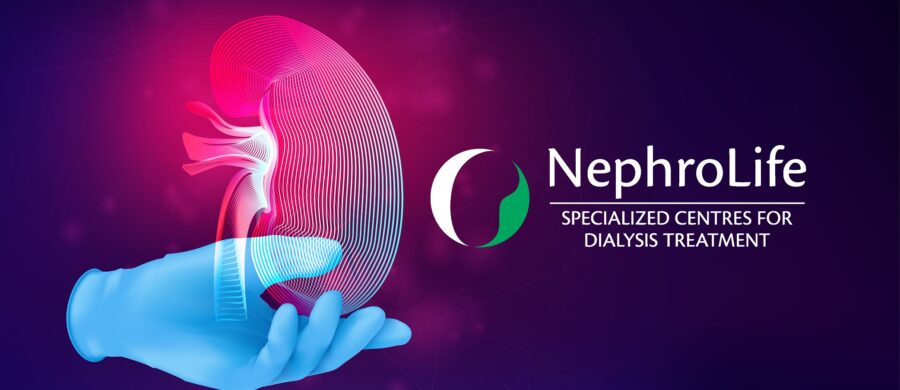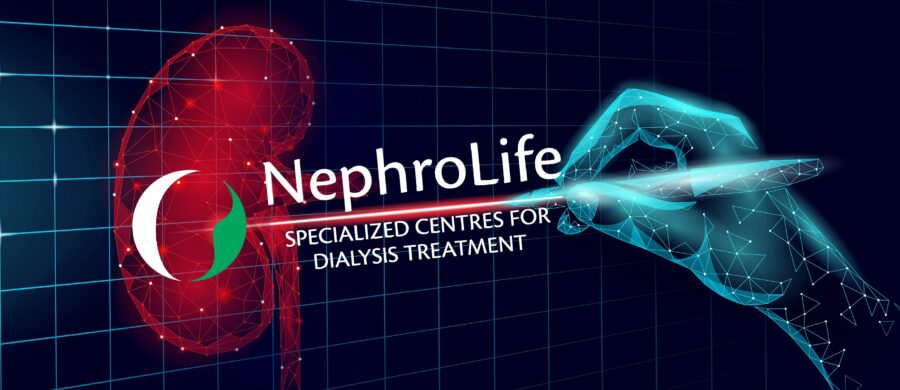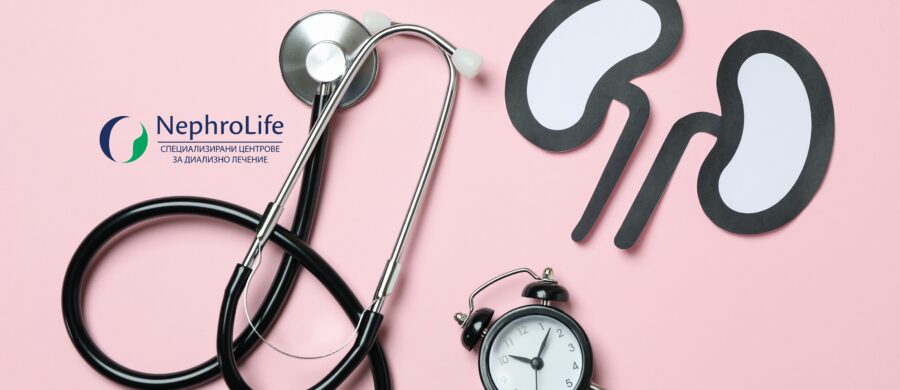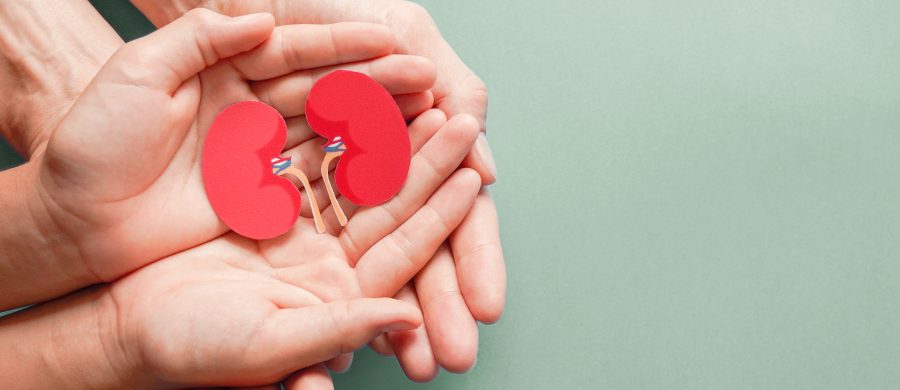Potassium is a mineral and electrolyte that we need to maintain and regulate key processes in our body. It is one of the seven major macrominerals and plays an important role in kidney function. It is found in most of the foods we eat and is needed in our diet because it supports muscle movements, keeps the nervous system healthy and participates in the process of balancing the amount of water in the body. The amount of potassium in the blood is controlled by the kidneys. They remove excess potassium from the blood and excrete it in the urine, which process is reduced in patients with CKD.
Having too high or too low potassium levels can lead to complications that affect kidney function. In people with kidney disease, potassium levels can build up to higher levels. This is called hyperkalaemia and can be dangerous for the heart.
People with chronic kidney disease should limit the amount of potassium they consume, as their kidneys cannot process potassium properly and this leads to its accumulation in the blood. On the other hand, drugs used to treat CKD can also increase potassium levels.
It is recommended that healthy men and women over the age of 19 consume at least 3400 mg and 2600 mg of potassium per day, respectively. However, people with kidney disease who are on a potassium-restricted diet should usually keep their potassium intake below 2000 mg per day.
The optimal amount of potassium in the diet maintains and has a beneficial effect on the muscles that control heart rate and respiration.
Potassium restriction in the hemodialysis diet
Potassium-rich foods are limited for hemodialysis patients as potassium accumulates in the periods between dialysis treatments and can cause problems such as weakness, muscle cramps, fatigue, irregular heartbeat and heart problems.
Potassium is present mainly in fruits, vegetables and dairy products. Some fruits and vegetables are high in potassium and others are lower.
Foods that are low in potassium – meat, poultry, bread, pasta.
Potassium-free foods – butter, margarine and oils.


















